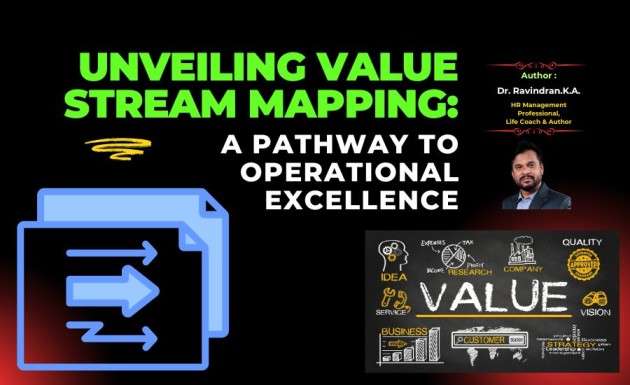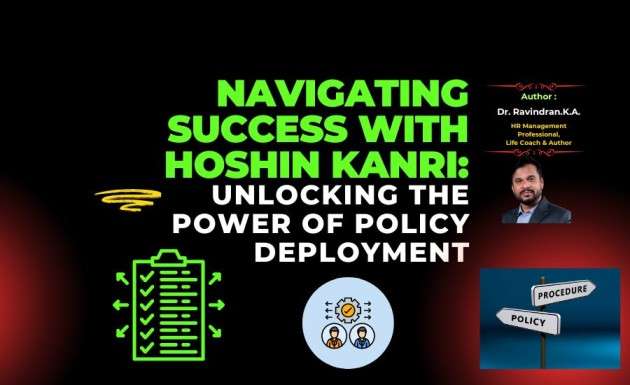The Power of Ringisho in Business Proposals | Elevating Communication
Ever wonder why Japanese businesses often lead in the world market? The answer lies in the Ringisho method. It’s a deep part of Japanese business culture. This approach changes how businesses work together and propose ideas. It focuses on getting everyone to agree, from the bottom to the top of the company. This makes business proposals stronger and clearer.
Thank you for reading this post, don't forget to subscribe!So, what is Ringisho and why is it important in business? It’s a way to share ideas in a group, using a circular method. This is different from the usual top-to-bottom way we see in many places. By understanding Ringisho, you can make your proposals stand out.
Key Takeaways
- Ringisho is a consensus-based, bottom-up decision-making process in Japanese corporate culture.
- It involves a circular communication flow, where any point in the circle can become the origin, in contrast to a linear communication pattern.
- Ringisho leverages natural language processing and computational linguistics to enable clear and effective communication.
- The Ringi system fosters collaboration and stakeholder buy-in, leading to higher-quality proposals and streamlined implementation.
- Understanding the Ringisho process can provide valuable insights for businesses seeking to enhance their communication and decision-making strategies.
What’s special about the Ringisho method and how can it help in business proposals? Let’s explore this unique Japanese management practice. It involves looking closely at how we use words and technology in our proposals.
What is Ringisho?
The word “Ringisho” is made of two parts: “Rin” and “gi”. “Rin” means submitting a proposal and getting approval. “Gi” means deliberations and decisions. It’s a traditional way of making decisions in Japanese companies.
Definition and Meaning
The Ringi system is a decision-making process in Japan. It starts from the bottom, not the top. It’s all about everyone agreeing before moving forward. This system reflects Japan’s cultural values, like showing respect and working well together.
Origins in Japanese Corporate Culture
The idea of the Ringi system comes from old Japanese farming villages. Back then, decisions were made by talking things over. This approach has influenced how modern Japanese companies make choices together.
The Ringisho Process
Proposal Stage
The Ringi process starts at lower management levels, even with ideas from high-level managers. First-line managers, who are closer to certain problems, suggest these ideas. They showcase their skills and knowledge to higher-ups this way.
Circulation and Deliberation
After writing a Ringi-sho, it gets shared with relevant sections and departments. Those managers then indicate if they agree, disagree, or aren’t sure by sealing the document. The original proposer might need to tweak the proposal to address concerns.
Approval and Implementation
With all necessary approvals, the president finally signs off. This step is quick since everyone has already agreed. Then, putting the decision into action is also fast, avoiding delays.
Ringisho: Unlocking Effective Communication
Consensus Building
The Ringi system is based on Japanese cultural values like teamwork and harmony. It focuses on reaching goals together. The method ensures decisions benefit the whole group more than just one person. This way of deciding things helps everyone feel like they’re part of the team. It leads to better results because everyone is working towards the same goal.
Collaborative Decision Making
Rather than just a few people making choices, the Ringi method gets everyone involved. From those on the front line to top leaders, all share their ideas. This means choices are thought about from many angles before being final. This approach makes it more likely for people to support and help carry out the decision.
Benefits of Ringisho
The Ringi system values consensus and sharing proposals with many people. This often makes the original idea better. People talk informally and do Nemawashi to spot issues, get feedback, and improve the proposal before it’s officially approved.
Improved Proposal Quality
Ringisho gets employees to actively take part in making decisions. This makes them feel like they own the decision and are committed. Everyone involved agrees easier, making it smoother to put decisions into action.
Enhanced Stakeholder Buy-In
Decisions in the Ringi system are usually agreed upon by all the key people. So, when it’s time to act, there’s not a lot of arguing. Important approvals and agreement are already in place. This makes the decision get the green light quickly.
Streamlined Implementation
Conclusion
The Ringi system in Japan is special. It lets employees at all levels share their ideas for decisions. This helps everyone work together better and feel more involved. Many say it slows things down, but it really helps Japanese companies do well around the world.
In India, businesses are always changing to keep up. They can learn a lot from the Ringi system. It teaches them how to make decisions together, improving how they work and succeed. By following the Ringi way, companies in India can find new chances to grow and lead.
The Ringi system shows us how important working together and talking openly is. Japanese lessons can help Indian places do better in the future. They just have to take the good parts of the Ringi system and make it fit their own way of doing things. This can lead to more success in the coming years.
FAQ
What is Ringisho?
Ringisho is a Japanese way of making decisions in companies. It’s about everyone agreeing, not just the boss deciding. It lets every level of employees share their ideas.
What are the origins of Ringisho in Japanese corporate culture?
The Ringi system came from Japan’s respect for older people and teamwork. These values are also seen in Japan’s way of managing businesses. The system also borrows from how old Japanese farming villages used to make group decisions.
How does the Ringisho process work?
The process begins with lower-level managers creating a proposal. This proposal then goes around to other parts of the company for feedback. Finally, the company’s president decides if the proposal is approved.
How does Ringisho promote effective communication and decision-making?
Ringisho encourages everyone in the company to be part of the decision-making. This makes sure that ideas from different people are heard. By doing this, decisions are better, and everyone feels they are part of the team.
What are the key benefits of the Ringisho process?
Using Ringi, decisions are taken carefully with everyone’s interests in mind. This leads to better ideas and more support for the final decision. Also, because everyone agrees, plans are carried out smoother, which makes them more successful.
 hroptimum
hroptimum



